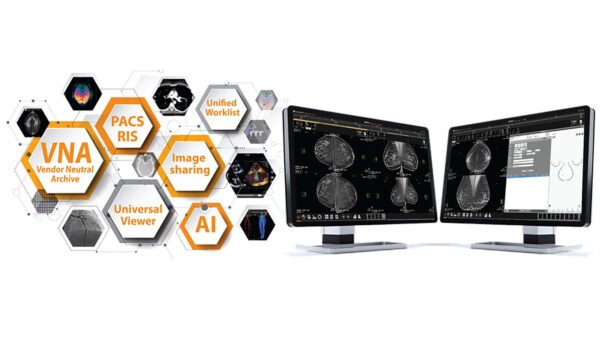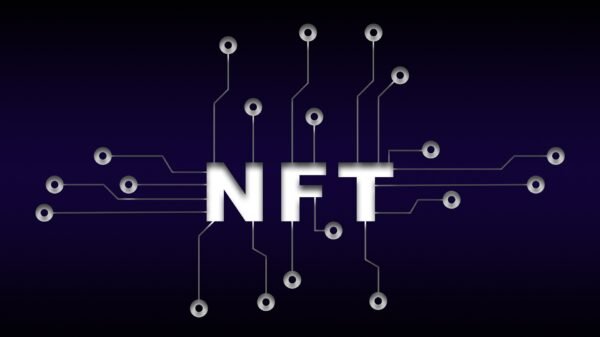Key Takeaways
| Key Takeaway | Description |
|---|---|
| Understanding AI in Education | Learn the role and benefits of AI in education. |
| Course Design | Strategies for integrating AI into course design. |
| Implementation | Practical steps for incorporating AI tools and platforms. |
| Assessment and Feedback | How AI can enhance student assessments and feedback. |
| Continuous Improvement | Using AI for ongoing course refinement and improvement. |
Introduction
Artificial Intelligence (AI) is revolutionizing various sectors, including education. AI has the potential to enhance teaching and learning experiences by personalizing education, automating administrative tasks, and providing insightful analytics. This article provides a comprehensive, step-by-step manual for educators looking to develop effective AI-driven courses.
Understanding AI in Education
AI in education refers to the use of machine learning algorithms and data analytics to support teaching and learning processes. Here are some benefits of integrating AI into education:
- Personalized Learning: AI in Education can tailor educational content to meet individual student needs.
- Automated Administrative Tasks: AI can handle routine tasks such as grading and scheduling, freeing up educators to focus on teaching.
- Enhanced Engagement: AI-powered tools like virtual tutors can make learning more interactive and engaging.
- Data-Driven Insights: AI can analyze student performance data to provide actionable insights for educators.
Read more articles.
Course Design
Designing an AI-integrated course involves several key steps:
1. Identify Learning Objectives
Determine the goals of your course. What should students learn by the end? Clearly defined objectives will guide the integration of AI tools.
2. Choose the Right AI Tools
Select AI tools that align with your course objectives. Some popular AI tools for education include:
- Adaptive Learning Platforms: These platforms personalize learning experiences based on student progress.
- AI Tutors: Virtual assistants that provide additional support to students.
- Learning Analytics: Tools that analyze student data to identify learning patterns and areas for improvement.
3. Develop Course Content
Create content that leverages AI tools. For instance, use adaptive learning platforms to present material at the right difficulty level for each student.
4. Integrate AI into Teaching Methods
Incorporate AI tools into your teaching methods. Use virtual tutors for additional support, and employ AI analytics to monitor student progress and adjust teaching strategies accordingly.
Implementation
Implementing AI in your course involves several practical steps:
1. Pilot the AI Tools
Before full-scale implementation, run a pilot to test the AI tools. This helps identify any issues and allows you to make necessary adjustments.
2. Train Educators and Students
Ensure that both educators and students are comfortable with the AI tools. Provide training sessions and resources to facilitate this.
3. Integrate AI into the Learning Management System (LMS)
Ensure that the AI tools integrate seamlessly with your existing LMS. This integration is crucial for efficient data management and analytics.
Assessment and Feedback
AI can significantly enhance student assessments and feedback mechanisms:
1. Automated Grading
Use AI to automate grading for objective assessments such as multiple-choice tests. This saves time and ensures consistency.
2. Personalized Feedback
AI can provide personalized feedback based on individual student performance. This helps students understand their strengths and areas for improvement.
3. Continuous Monitoring
AI tools can continuously monitor student progress and provide real-time feedback, allowing for timely interventions.
Continuous Improvement
AI can help continuously improve courses by providing data-driven insights:
1. Analyze Student Data
Regularly analyze student performance data to identify trends and areas for improvement. This analysis can inform course adjustments and enhancements.
2. Iterate and Improve
Based on the insights from data analysis, iteratively improve the course content and teaching methods. This ensures that the course remains effective and relevant.

Conclusion
Integrating AI into education offers numerous benefits, from personalized learning experiences to efficient administrative processes. By following this step-by-step manual, educators can develop effective AI-driven courses that enhance student learning outcomes.
Ready to Proceed?
Would you like to visualize any specific data or create a featured image for this article? If so, please specify the orientation and any particular elements you’d like included.
References
- Course Outline and Content Creation:
- Use AI tools like ChatGPT to help create a detailed course outline. Prompts can be used to develop a curriculum, design learning activities, and generate content for presentations and videos. ChatGPT can assist in structuring the course using various instructional design models like ADDIE or ARCS (LearnWorlds) (Processica).
- Personalization and Engagement:
- Implement AI to personalize the learning experience by analyzing student performance and preferences. AI can adjust course materials and offer additional resources tailored to individual learning styles. Features like real-time feedback systems and AI-powered tutors can enhance engagement and provide instant support to students (Owwlish Online Courses) (LearnWorlds).
- AI Tools Integration:
- Select the right AI tools and partners by considering factors such as ease of integration, scalability, and the level of support provided. Popular tools include generative AI for content creation, real-time feedback systems, and AI-powered grading systems (Processica).
- Training and Support:
- Provide comprehensive training for educators to familiarize them with AI tools and their applications. This training ensures a smooth transition and builds confidence in using AI to enhance teaching methods (Processica).
- Testing and Feedback:
- Conduct pilot tests to assess the effectiveness of AI features and gather feedback from both educators and students. This helps in fine-tuning the course before a full launch (Owwlish Online Courses) (Processica).
- Ethical Considerations:
- Address data privacy and ethical considerations by establishing clear guidelines for data usage and storage. Ensure compliance with data protection regulations and maintain transparency with students about how their data will be used (Processica).
- Monitoring and Continuous Improvement:
- Continuously monitor the performance of the AI-driven course and collect feedback to identify areas for improvement. Regular updates and enhancements will ensure the course remains effective and engaging (Processica).







































































Pingback: NFT Gaming Revolution: 10 Must-Play Titles for 2023